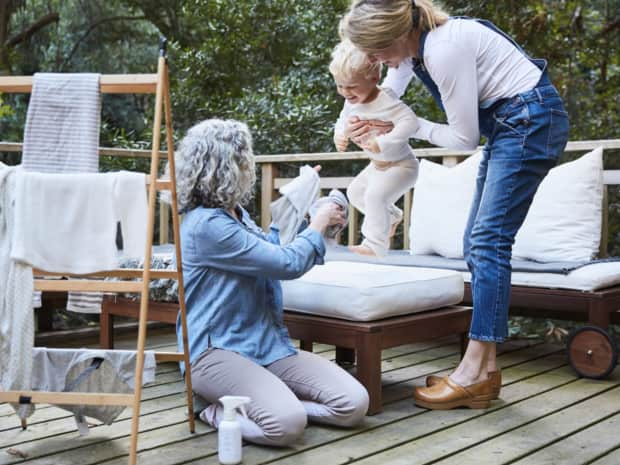
What to know about non-chlorine bleach.
What’s the difference between non-chlorine and chlorine bleach? Does one clean better? We posed these questions and more to our Senior Director of Science Formulation.
Read More
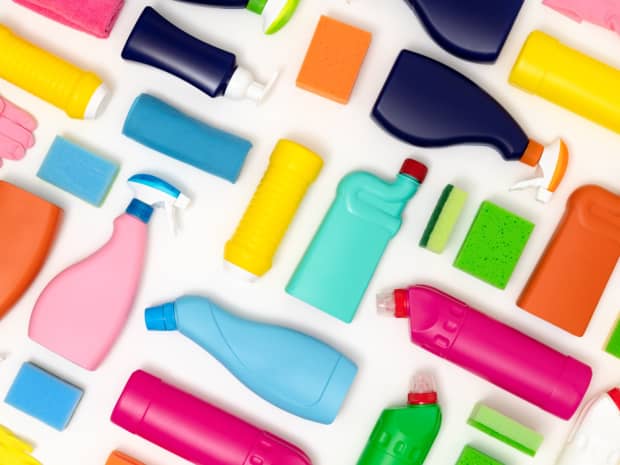
Last Updated: August 2, 2021
When cleaning your house, can you mix bleach and vinegar to increase your effectiveness? Learn about the dangers of mixing these two ingredients.
You’re a cleaning boss, a master of disinfecting, a superhero of germ-killing. So chances are you’re probably very familiar with using things like bleach and vinegar to keep things nice and sanitary. But what happens when you mix bleach and vinegar together?
Mixing these two ingredients might sound like a good idea, but it’s not. Read on to learn about the dangers of combining bleach and vinegar from the experts at Grove.
You should never clean with these two ingredients combined. Mixing chlorine bleach, which contains sodium hypochlorite, with any type of acid like vinegar creates chlorine gas, a dangerous chemical that’s deadly in high volumes.
While it might seem like you’ll be intensifying your cleaning power by using both at the same time, it’s never safe to mix bleach and vinegar, even in small amounts.
Some people buy into the misguided belief that mixing the two can create a better disinfectant since they’re combining the cleaning benefits of two products into one.
Maybe they think the solution will be more effective at getting that nasty stain out of the couch or removing the disgusting mold from the tile in the shower. Others simply don’t realize how hazardous it is to mix vinegar and bleach, and how quickly the two can react to create toxic chlorine gas. Either way, mixing these chemicals is flat out dangerous.
According to the American Association of Poison Control Centers, there were over 6,000 incidents of exposures to chlorine gas in the U.S. in 2016. Just over one third of those cases were caused by people mixing household chemicals like bleach and vinegar.
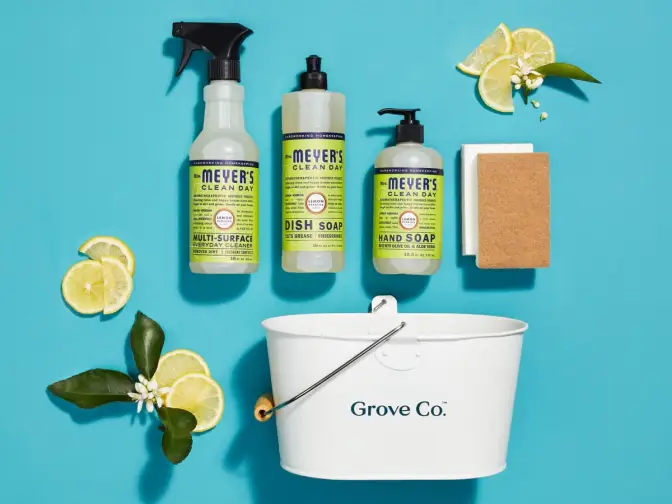
Wondering who Grove is, what types of products we offer, and how to get a free gift set when you sign up? Learn more about flexible monthly shipments, customizing your shipment, and joining millions of happy households — no monthly fees or commitments required.
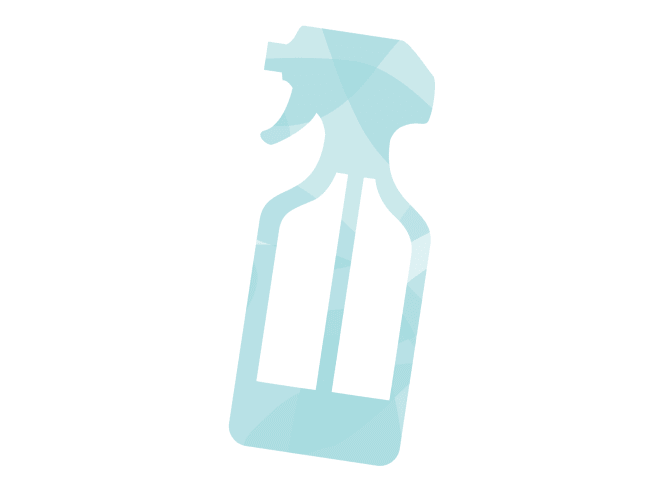
Mixing bleach and vinegar creates a harmful chemical reaction that releases chlorine gas. What’s worse is that this toxic gas is completely invisible, so the only way to detect it is by smell (or the horrible side effects you might experience after being exposed to it).
Curious about what happens when you mix bleach with an acid like vinegar?
Here’s a closer look at what chlorine gas looks like in action.

Even in small amounts, the chlorine gas fumes created by mixing bleach and vinegar can cause skin and eye irritation, difficulty breathing, and a killer headache.
The CDC states that common symptoms of breathing in chlorine also include:
Maybe you were too focused on cleaning up that mess in the kitchen, and while you weren’t paying the closest attention, you accidentally forgot about the perils of mixing bleach and vinegar. What do you do now?
Follow these steps immediately to protect yourself against chlorine gas exposure:
Although vinegar is a natural, safe alternative to bleach, it can be extremely dangerous to mix with bleach. Anytime you use products with harsh chemicals, you run the risk of exposure to potentially harmful toxins.
Your best bet is to switch to green cleaning products that don’t involve mixing chemicals.
GROVE TIP
Lead Grove Guide Angela Bell explained that “green cleaning is important on many levels. Using cleaner and more natural ingredients in home cleaning products can be beneficial to our health and well-being and can also be gentler on the environment around us.”
“Toxic chemicals can irritate skin and lungs and can end up finding their way into the environment through the air and down our drains. There is a misconception that green cleaning means sacrificing efficacy but this is certainly not the case with Grove’s products.”
To help you start the switch to green cleaning, look for options that feature natural cleaning agents that never sacrifice effectiveness, such as:

What’s the difference between non-chlorine and chlorine bleach? Does one clean better? We posed these questions and more to our Senior Director of Science Formulation.
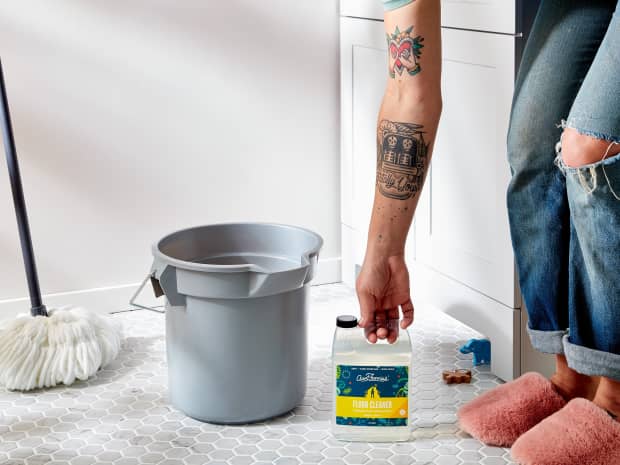
Vinegar is a great all-natural cleaner that’s been used in households for ages. But what really is vinegar and can it tackle nasty bacteria?

Baking soda is one of the best-known and most versatile natural cleaners, but how do you actually clean with baking soda? We’re here to find out.
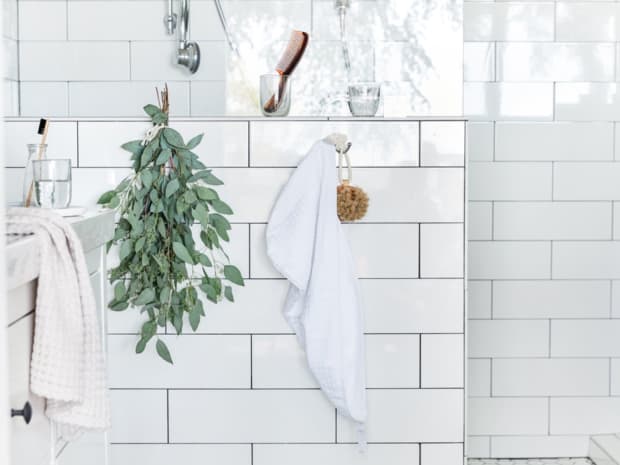
Tired of dealing with disgusting mold or mildew in your home? Learn how to kill mold naturally from the pros at Grove and prevent it from coming back.